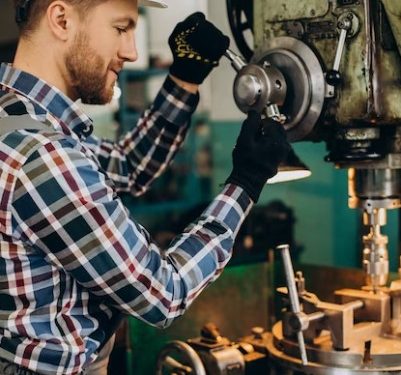Precision and accuracy are two important concepts used to describe the quality and reliability of measurements or data in various fields, including science, engineering, statistics, and everyday language. They are often used to evaluate the performance of measurement instruments, experiments, models, and processes. Here’s what each term means and the differences between them:
Precision:
Precision refers to the degree of repeatability or consistency in a set of measurements. In other words, it assesses how closely individual measurements within a dataset match each other.
A precise measurement or data set has small variations or low scatter among its individual data points. This means that the data points are close to each other and do not deviate significantly from the mean or central value.
Precision can be thought of as the ability of a measurement or process to produce consistent results when repeated under the same conditions.
Precision is typically quantified using statistical measures like standard deviation or variance.
Accuracy:
Accuracy, on the other hand, refers to how closely a measurement or data point aligns with the true or accepted value. It assesses the correctness or validity of a measurement or result.
An accurate measurement is one that is close to the true value, regardless of whether the measurements are tightly clustered (precise) or spread out.
Accuracy is essential when you want to ensure that your measurements or data reflect the actual state of the system being observed.
To further clarify the difference between precision and accuracy, consider the following analogy:
Imagine you are target shooting with a set of arrows. If all your arrows land in a tight cluster on the target board but miss the bullseye (i.e., they are consistently off target in the same direction), your shots are precise but not accurate. If your arrows are randomly scattered across the target board, some close to the bullseye and some far away, your shots lack both precision and accuracy. If your arrows are tightly grouped around the bullseye, you have both precision and accuracy.
Precision in CNC (Computer Numerical Control) machining
Precision in CNC machining is a critical factor that determines the quality and reliability of the machined parts. CNC machining is a subtractive manufacturing process that uses computer-controlled machines to remove material from a workpiece and produce custom components with high levels of accuracy and repeatability. Precision in CNC machining refers to the ability of the CNC machine to consistently produce parts that match the intended design specifications with tight tolerances.
Tolerances: Tolerances define the allowable deviation from the desired dimensions specified in the engineering drawing. Precision in CNC machining is closely tied to the machine’s capability to achieve tight tolerances. CNC machines are known for their ability to hold very precise tolerances, often within fractions of a millimeter or even micrometers.Shenzhen Xielifeng Tech is a professional China CNC machining factory thant can meet the machining tolerence requirements.
In summary:
Precision is about consistency and repeatability among measurements.
Accuracy is about the closeness of measurements to the true value.
In practice, both precision and accuracy are important. Depending on the context, one may be more critical than the other. It’s often a trade-off, and finding the right balance between the two is essential for making reliable measurements and drawing valid conclusions in scientific research, engineering, and other fields.







